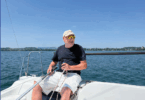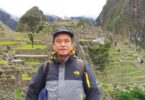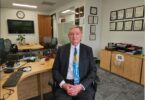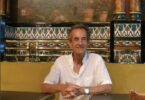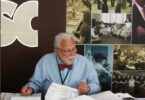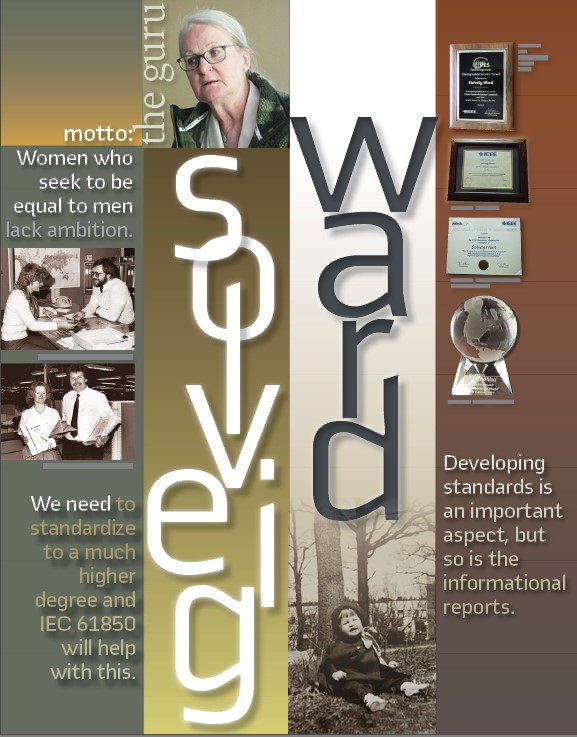
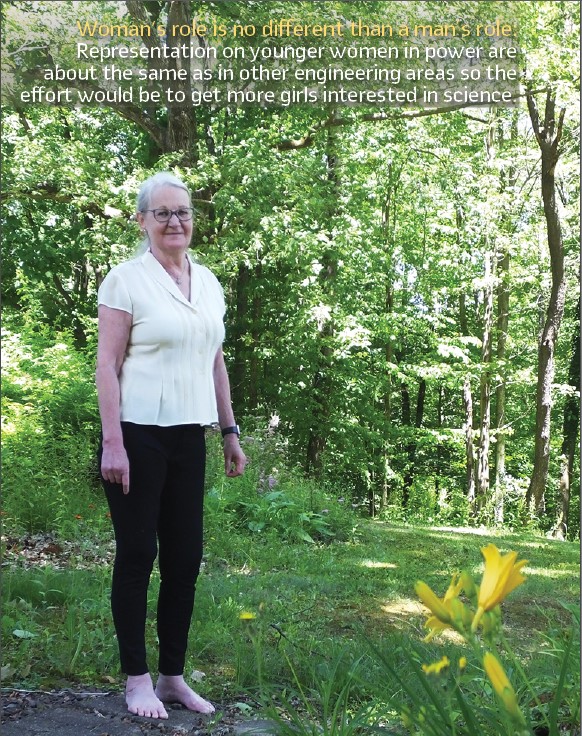
PAC World: When and where were you born?
S.W.: August 22, 1954. Stockholm, Sweden.
PAC World: Where did you grow up and where did you go to school?
S.W.: Vallingby, a suburb of Stockholm.
PAC World: Did you have any specific interests while in school?
S.W: Not anything specific but I was always busy with something – reading, making my own clothes, learning how to type, learning stenography – just because…
PAC World: Is there a person in your childhood that influenced your decision to become an engineer?
S.W.: No. I had never met an engineer and had no idea what an engineer does. Even when graduating college, the only engineers I had met were my teachers and during field visits to manufacturing plants.
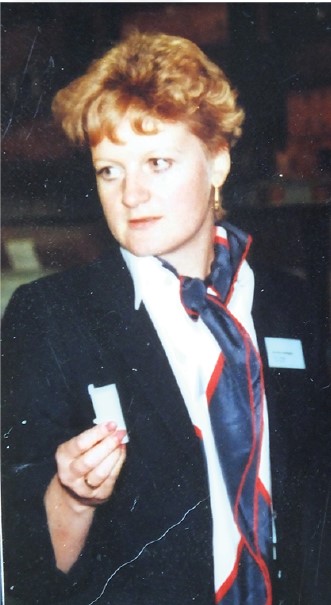
PAC World: Where did you go to university and why did you choose it?
S.W.: KTH – Royal Institute of Technology, Stockholm. I did not have a choice of schools – there was no question of me going anywhere else. Middleclass at the time did not support boarding costs. Tuition was free; otherwise I would likely never had gone to college.
I was good in math, and liked math. I had no interest in becoming a teacher so I thought that electrical engineering would be math heavy. I was right – our curriculum in math was equivalent of a bachelor’s degree in math.Actually, I was interested in pursuing a career in nuclear technology, but electrical engineering wasn’t really the right major for it.
PAC World: How common was to have girls interested in engineering in your country at the time?
S.W.: Chemical engineering was close to 50%. Electrical engineering, we were 3 out of 180 my year and the 2 others dropped out the first semester. It was annoying that exam results were published by student number and boys and girls had different last digit – odd or even.
PAC World: What did you study in the university related to electric power systems, protection and control?
S.W.: Protection was a 2-hour lecture as a part of power system apparatus. But we did symmetrical components, system stability studies, short circuit simulations and calculations, lightning theory, motor and transformer fault studies.
PAC World: How did you start you career and what was the reason to make this choice?
S.W.: I graduated in 1978 which was a bad year for employment. No companies were hiring at the time. However, ASEA still hired for a much sought after EIT (engineer in training program) and I secured a spot on it.
PAC World: What was your first job and was it what you expected?
S.W.: The EIT program was rotational where you spent 2 months in 3 different divisions and then 6 months abroad. I did SCADA, consulting engineering and surge arresters. The stint abroad was in Montreal in the relay department. Returning to Sweden I was permanently hired in relaying. Started in technical sales.
As stated above, I didn’t know what an engineer did, so I didn’t have any expectations.
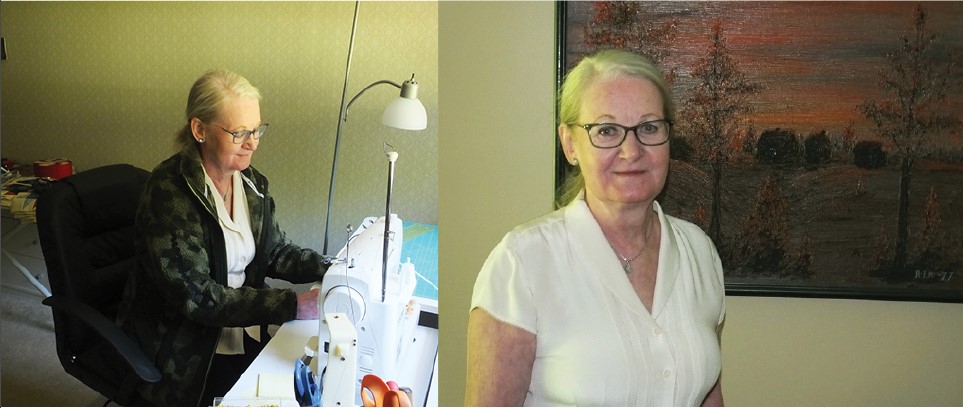
PAC World: How did you end up in the United States?
S.W.: At the time, I was a manager of an application department where we developed new relays, manuals, marketing material and also did technical marketing which involved a lot of international travel.
With the ABB/WH merger, the intention was to coordinate product development between the centers and I came over to the US to lead that effort as a manager of the consulting engineering group (replacing Walt Elmore!).
Development coordination did not happen until I had left the company. I was mainly doing “Euro” relay support for the relays from Sweden, Switzerland, and Finland. I also took part in development testing of new relays and was responsible for line differential relay support of the US relays.
PAC World: What do you consider your most satisfying project while working for manufacturers?
S.W.: I took part in the entire process of the development of RELZ100, a numerical distance relay that was the predecessor to the present REL670 series. I developed all relay application logic for all functions, wrote the manual (where some portions are still the same for REL670), and successfully introduced it in many parts of the world.
PAC World: Why did you decide to become a consultant?
S.W.: I was working at RFL Electronics at the time. I loved my 8 years there and I am very grateful for all communications technology knowledge they shared with me. However, due to management changes, they decided not to expand the protective relaying business that was my core responsibility, so I decided to leave before being let go. I had known Damir Novosel for many years so, Quanta Technology was a logical choice.
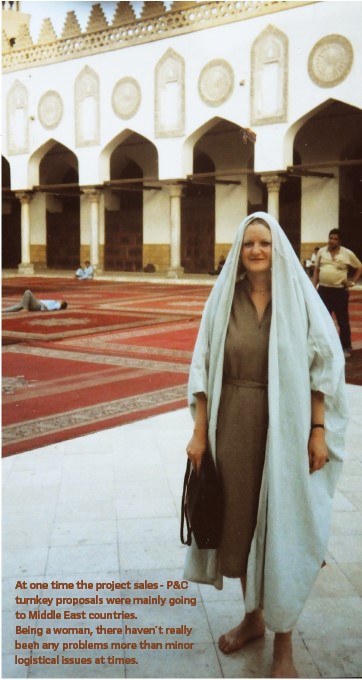
PAC World: You have worked on projects in many different countries. Was being a woman a problem sometimes?
S.W: At one time, I was responsible for “project sales,” e.g. P&C turnkey proposals that were mainly going to Middle East countries. I never had problems with visitors from those countries, but I could not travel there.
Otherwise, there haven’t really been any problems more than minor logistical issues at times (not being able to eat in a restaurant outside the hotel type of thing).
PAC World: What was the most challenging project you have worked on as a consultant?
S.W.: All of them! What makes it interesting is that I have to do work outside my comfort zone, learning new areas and having to review a lot of technical material to summarize, condense, select, further develop, and apply to the project.
We have had many projects in Latin America during my 10 years at Quanta Technology and I’ve been involved in developing road maps, business cases, strategy and recommendations for many Smart Grid technologies that have gone beyond P&C.
PAC World: You have been involved in the development of microprocessor-based relays that started the digitalization of our industry. How difficult was it to convince utilities to switch to this technology?
S.W.: Not an issue at all when I was with ASEA. Europe (and much of the world outside the US) was already using solid state relays and had no issue with going to microprocessor relays as they had advantages over solid state (fault recording).
PAC World: You have worked in the overlapping fields of protection, communications, wide-area protection and cyber security. Do you have any preference?
S.W: During my time as a consultant, I have learned much about system operations from utilities. This was an area that didn’t impact the equipment sales in my previous jobs, and I find it fascinating. So, if I would choose one subject, it will have to be wide-area protection. I have developed several SPS schemes, some large and some small, and the process and studies are interesting and challenging. New communications technologies and P&C dependence on them is also an interesting area.
PAC World: What do you think about IEC 61850 and its impact on protection and control systems?
S.W.: It’s a must! We have done many business cases and the benefits over time are huge. But you need to look at a longer time interval as you cannot justify it for a single pilot project. Costs for new processes, standards and training will not make a positive business case for one substation, but you easily get to a break-even after 5 – 10 substations. P&C has been too much of an “Art of Science” with many one-of-a-kind substations and protection system design. We need to standardize to a much higher degree and IEC 61850 will help with this.
PAC World: When and why did you join the IEEE?
S.W: Not until 1996. It was probably suggested by a coworker. Being from Europe I didn’t know much about it (I moved to the US in1992).
PAC World: Why did you decide to become actively involved in different IEEE related activities?
S.W.: There were many from ABB that went to PSRC, so I didn’t get approved to attend until 1999. We had good coverage in relay groups but not in relaying communications so that was my first focus (PLC, audio tone, C37.94.) However, PSRC easily grows on you and it is difficult not to get involved in too many groups.
It is a unique community in that everyone shares their experience and knowledge.
PAC World: What is the role of the IEEE PES PSRCC and how are you involved in it?
S.W.: Developing standards is an important aspect, but so is the informational reports. I have used many (all?) as references for projects in Latin America where they have not been so informed about the PSRCC resources available. There is much knowledge collected in the standards and reports that are of great use for utilities.
Presently, I am Chair of C31 where we are developing a standard for Protection System Redundancy. This standard is based on, and expands on, a report we did in 2010.
I am also chair of JTCM (Joint Technical Committee) which is a pure admin function for a joint meeting with a number of PES committees. We are planning to hold the January 2022 meeting in Garden Grove, CA (Jan 10 -14).
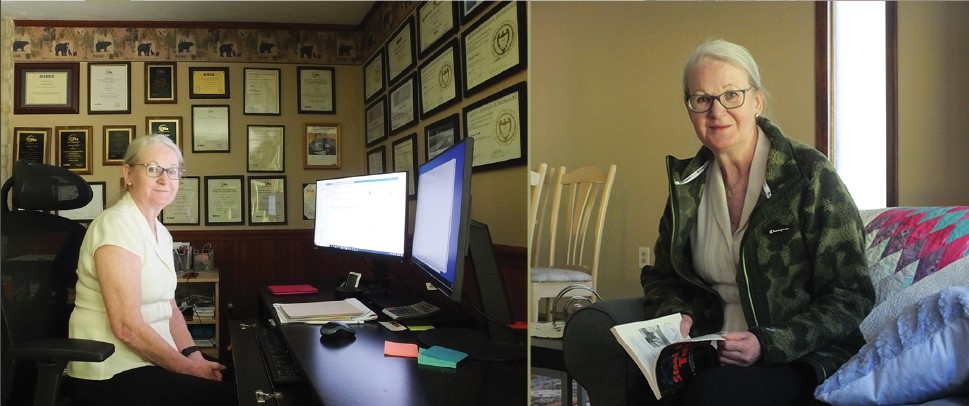
PAC World: You have a vast and diversified experience. What is you preferred way of sharing it?
S.W.: Working groups at PSRCC. Clients in the projects I work in. I also serve as an SME for the protection group in Quanta Technology that does relay settings and wide area protection coordination.
PAC World: What do you think is the role of women in power and how can we get more girls interested in it?
S.W.: Our role is no different than a man’s role. I think that the representation on younger women in power are about the same as in other engineering areas so the effort would be to get more girls interested in science.
PAC World: What do you think about the future of our industry?
S.W.: We need to remove silos and find ways to coordinate protection, automation, control, communications with corporate data applications for equipment monitoring and analysis, advanced EMS applications, Smart Grid technologies, etc.
PAC World: What do you consider your greatest professional achievement?
S.W.: Graduating MSEE. I had a bad 3rd year (4 years degree in Sweden at the time) and almost dropped out. I decided to make an effort and completed missed exams from the 3rd year and my 4th year exams in one semester. I had done my thesis the summer before the 4th year. So, I graduated in three and a half years instead of four. The average time was five and a half years at that time.
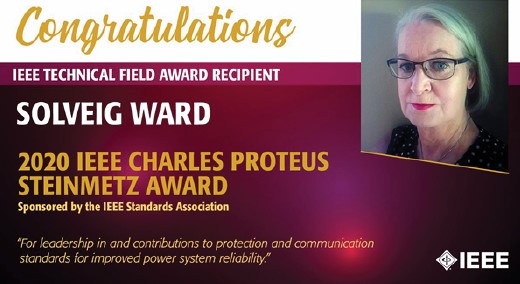
PAC World: You have received different awards. Is there one that you value the most?
S.W.: PSRC Distinguished Service Award.
PAC World: How do you balance your active professional life with your personal life?
S.W.: This was a challenge with kids. I traveled too much when they were little and that’s one of the reasons I moved to the US.
Then travel was just a few times per year until they were in high school and I worked for RFL.
Working from home, I still keep a fixed schedule 8-5 weekdays, with the occasional conference call outside those hours and days.
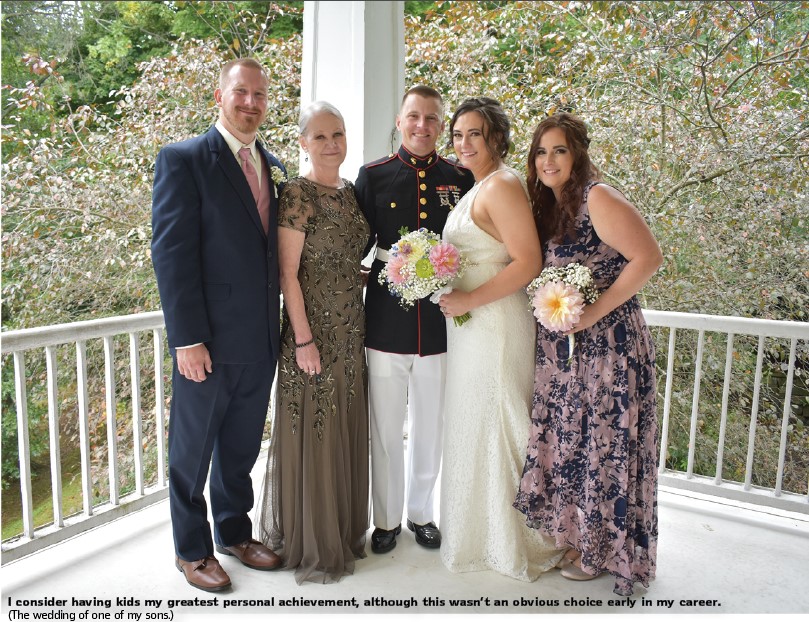
PAC World: What do you consider your greatest personal achievement?
S.W.: Having kids. It wasn’t an obvious choice early in my career.
PAC World: Before the pandemic you were travelling all over the world. Is there a place that you prefer to visit?
S.W.: Latin America.
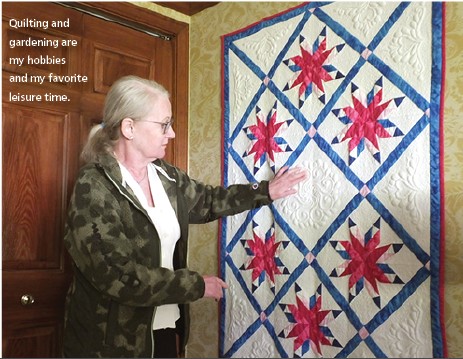
PAC World: Do you have a hobby?
S.W.: Quilting. Trying to get my garden in shape (it’s overgrown from the previous owners).
PAC World: Your favorite form of entertainment?
S.W.: Reading books. Following some discussion groups on the internet (politics and news).
PAC World: It looks like you love cats. Why?
S.W.: I always wanted a cat when I was a child. My cousins at the farms would always have kittens in abundance when I visited in the summer. But my dad would not agree.
We lived in an apartment and he thought it wouldn’t be a good place for a cat.
Getting my own house in Vasteras, I did get a kitten that grew up with my kids. He was the best cat. Ferocious hunter and you would wake up at 3 AM when he had brought a bird into the kitchen and tried to climb the walls. I eventually brought this cat with me to the US.
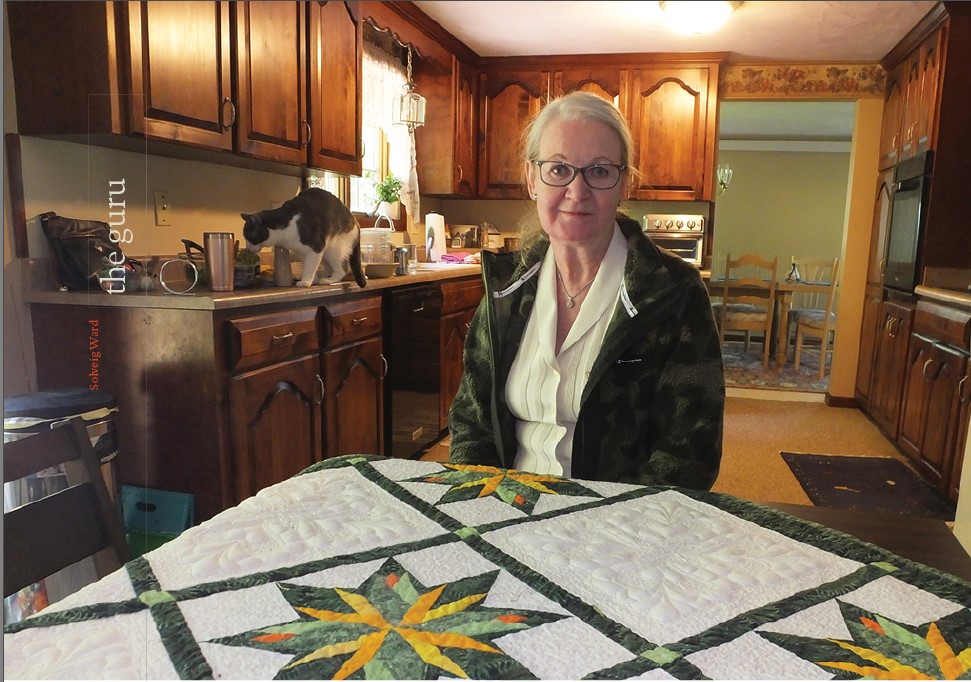
Cats are cuddly, when they want. Independent. Destructive – my present two are the worst.
They work as a team to take down every curtain in the house. Scratching the wallpaper (that will come off anyway so no big deal).
But they are all forgiven when cuddling on top of you when going to sleep. And again, in the morning (the shenanigans normally happen when I’m asleep).
The only problem with that is that it’s hard to get out of bed with two cats sleeping on you.
PAC World: What is the food you like?
S.W.: Fish & chips, but really, fish in general.
PAC World: Do you prefer any kind of music?
S.W.: I fell out of music when my kids were toddlers. Silence was so nice. But I still prefer 80s pop music.
PAC World: Is there anything you would like to say to the young PAC engineers around the world?
S.W.: The more you learn about protection, the more you realize how little you know. It’s an exciting area to work in, and it will become even more exciting in the future.
PAC World: Do you have a motto?
S.W.: Women who seek to be equal to men lack ambition. (Attributed to Timothy Leary). I read this in a magazine when I was 12-13 years old and it has served me well over the years.
Biography:
Solveig Ward graduated in 1977 with an MSEE degree from KTH Royal Institute of Technology in Stockholm
She is Executive Advisor, Protection, Control & Automation at Quanta Technology, USA. She is an Automation and Communications Specialist with over 43 years of experience working in a variety of engineering, managerial, product management, and marketing roles in protective relaying and relaying communications. Solveig provides leadership in the area of communications systems for power system protection and control including IEC 61850, wide area protection, cyber security, and integration issues. She is also an application expert in current differential and pilot relaying, as well as distribution automation and protection.
Solveig is an IEEE Fellow (2014) and past Chairman of the IEEE PSRC System Protection subcommittee. In 2020 she received the IEEE Charles Proteus Steinmetz Award



